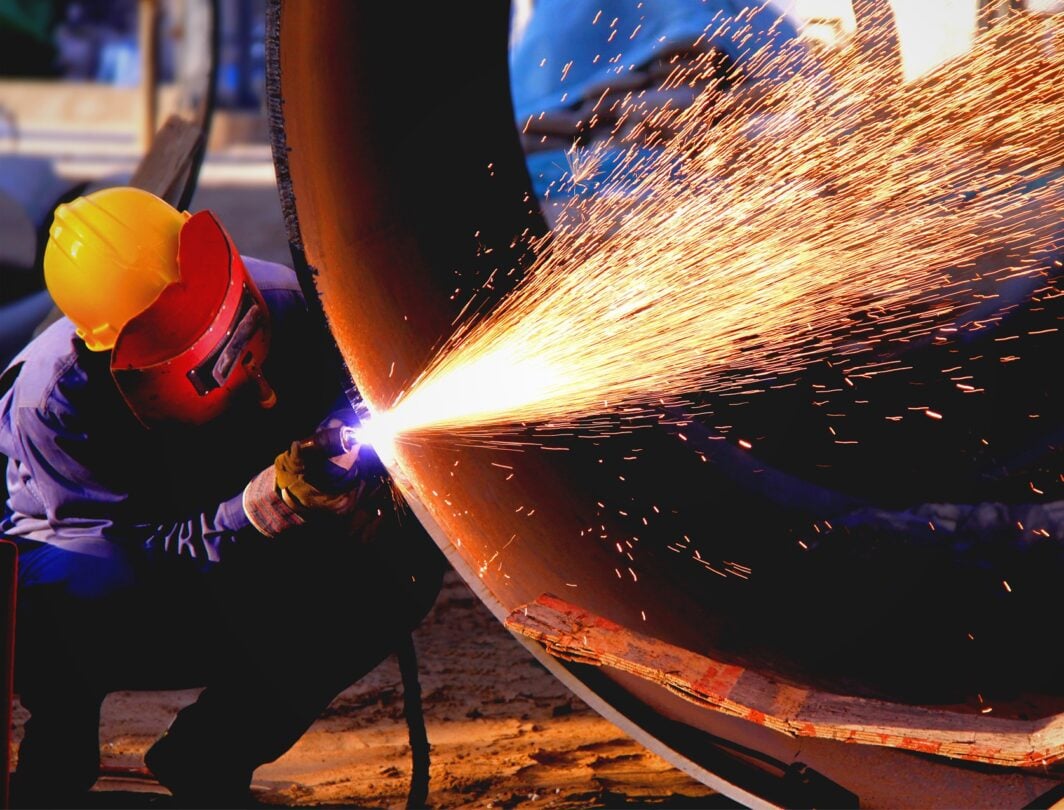How the right technology can help you monitor your construction business
A solid monitoring system and the right technology can go a long way in helping you keep your construction business on track.

Today’s contractors are inundated with data. How can you possibly keep track of emails, plan revisions, conversations, documents, and change orders—from across multiple projects and jobsites—without letting something slip through the cracks? Fortunately, a solid monitoring system and the right technology can go a long way in helping you keep your construction business on course so you can act quickly when something doesn’t go according to plan.
Identifying KPIs
With so much data available, knowing where to begin can seem daunting. Best-in-class contractors use a series of key performance indicators (KPIs) to measure, monitor, and manage performance. You can use KPIs as yardsticks to evaluate how things are going, spot red flags, and act decisively.
For contractors, the most important project KPIs are driven by the most important client demands. Clients want a project that is on schedule and on budget, and they want to ensure that the work is free from defects, completed right the first time, and is being performed safely.
At a business level, financial statements and business reports are great tools to help monitor what happened over a certain period. But make sure you don’t rely solely on backward-looking indicators that measure the events of the last quarter or month. If you do, your business will already be in trouble by the time management knows about it. It’s also important to monitor what’s happening right now in a few key areas such as whether or not you have enough cash coming in, enough work, and a productive labor force. You’ll also want to keep an eye on how your profit margin is looking.
Sage Intacct Construction Coffee Break Demo + Live Q&A
Pour yourself a cup of coffee and join us for a 30-minute in-product overview of Sage Intacct Construction, the only native-cloud construction financial management solution.
Happening daily at 9 am PT / 12 pm ET

How Technology Can Help
Technology can help you improve your use of critical data and track KPIs. The three main areas to focus on, as you identify and evaluate technology to help monitor business performance, are integrated software, an automated alert system, and an effective dashboard.
Integrated Software
An integrated construction software solution supports and automates critical industry-specific functions such as job costing, estimating, equipment, and project management. Integrated software also provides information transparency and eliminates silos of information. It keeps everyone informed and helps create an environment in which information-based decision making becomes part of your organization’s culture.
Businesses with integrated software systems in place should be able to easily get consistent data, which in turn allows for timely measurement against KPIs and more rapid and accurate completion of key business processes. Data is centrally managed in a single database and structured consistently. Using an integrated software solution also reduces data reentry that can result in errors. This makes your business information easier to use—the “holy grail” of decision making.
Discover Sage Construction and Real Estate solutions
Whether in your office or in the field— get the job done right every time.

Automated Alert System
An alert system works by actively monitoring the data housed in your software. When one of the tracked events occurs—for example, an invoice becomes overdue—the system triggers an email, desktop message, or text message notifying the appropriate personnel of the issue so they can take action.
Your organization likely has a vast amount of detailed information about its finances and projects. However, by the time you attempt to filter through it, chances are it will have lost its timeliness. An alert system can filter through high quantities of information to keep you updated on what’s most important and provide the immediate notification mechanism that will bring the data inside your business to life. It helps get the right information to the right people at the right time.
For example, an alert system can notify you when:
- A job has dropped below a profit threshold.
- A cost code has gone over budget.
- An accounts receivable invoice is 60 days past due.
- A deadline is approaching for a component of a project.
- The aggregate total in your backlog of work falls below a predefined amount.
- A project manager has overdue RFIs, submittals, and change requests.
Effective Dashboard
An effective dashboard presents information clearly, quickly, and compellingly. It displays graphical visualizations of KPIs and other business metrics all in one place. The data that’s displayed in the dashboard is typically generated in real time, retrieved automatically from data sources from across the business. In addition, effective dashboards offer personalization options so users can configure based on their role. They also enable users to drill down to find more detail and context.
Dashboards provide an effective solution to the overwhelming amount of data that construction professionals experience every day. A dashboard can improve employee productivity— and save your company money—by providing easier, more intuitive access to project and accounting details.
Remember, when it comes to decision making, information is your most valuable asset. The right technology can help you find, filter, and focus on the information that matters most.







Ask the author a question or share your advice